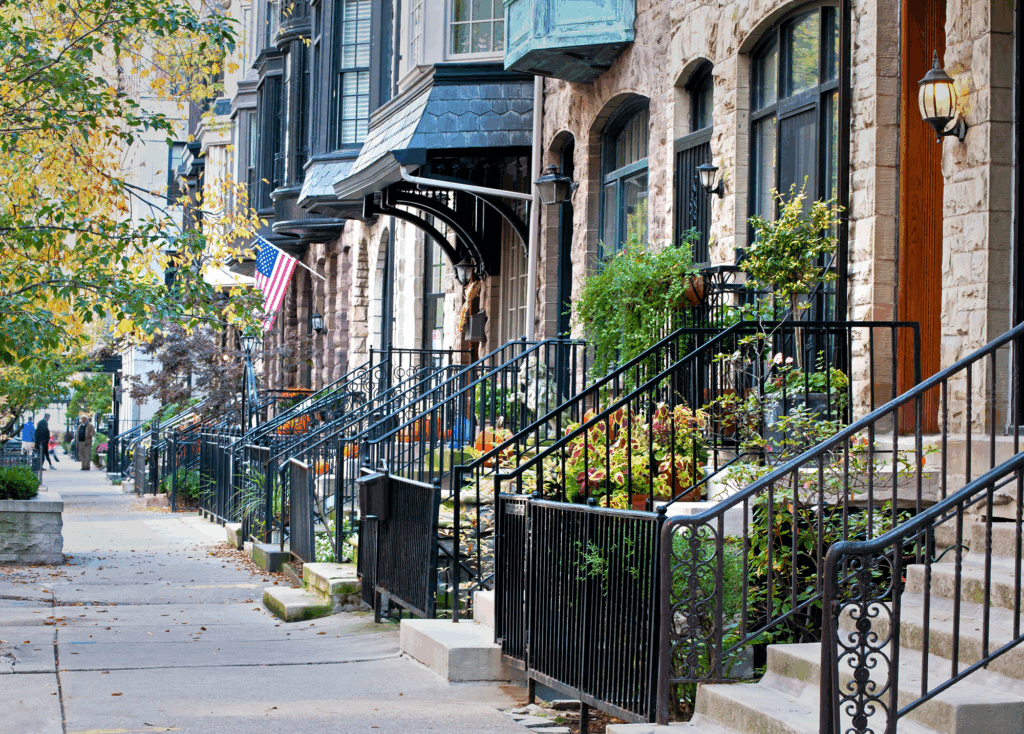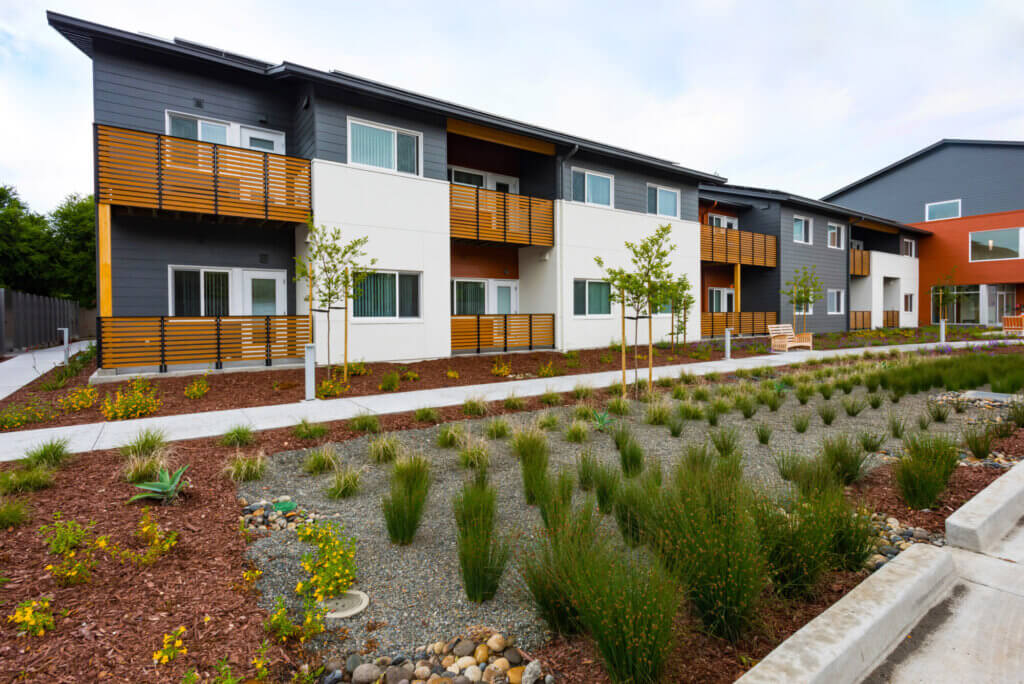Findings from the first five years of SB 35
Published On August 3, 2023
Senate Bill 35 was passed by the California legislature in 2017 as part of a wave of new laws meant to boost housing production across the state. The law is designed to address some of the hurdles for locally approving new housing development, like lengthy and sometimes opaque approval processes, and opposition from local governments and residents. Specifically, SB 35 allows qualified multifamily infill projects to go through a simplified and expedited housing approval process in jurisdictions that are not on track to meet their housing production goals. Eligible projects must provide a minimum share of affordable units, follow certain labor provisions, and be consistent with local planning standards.
The law is set to sunset in 2026. SB 423, introduced by State Senator Scott Wiener earlier this year, proposes to extend and amend the streamlined approval process initiated under SB 35, leading to questions about how the law has worked in practice over the past five years. In our new report, Streamlining Multifamily Housing Production in California: Progress Implementing SB 35, the Terner Center presents the first statewide look at the law’s implementation.
Five years in, we find that SB 35 has become the streamlining method of choice among affordable housing developers, who report that the law has made the approval process for new multifamily infill development faster and more certain. Between 2018 and 2021, 156 projects were approved for streamlining or had a pending application, comprising over 18,000 new proposed housing units. Most of these projects are 100 percent affordable developments ( in which all units are designated for households with lower incomes) and most of the projects are located in either the Bay Area or Los Angeles regions.
The interactive map below shows the locations and characteristics of these 156 projects.
Download an .xlsx file with the list of projects here. To let us know about any corrections or additions to this list, please submit them via the the form here.
The report also highlights practitioners’ recommendations for improving how and where SB 35 can make housing development faster and easier. Interviews with planners and developers revealed a substantial learning curve for implementing the law, including difficulty understanding whether and how SB 35 intersects with other state and local land use laws. Updated implementation guidelines from the California Department of Housing and Community Development and subsequent legislation can clarify these issues and make SB 35 more readily applicable to new housing projects across the state.





